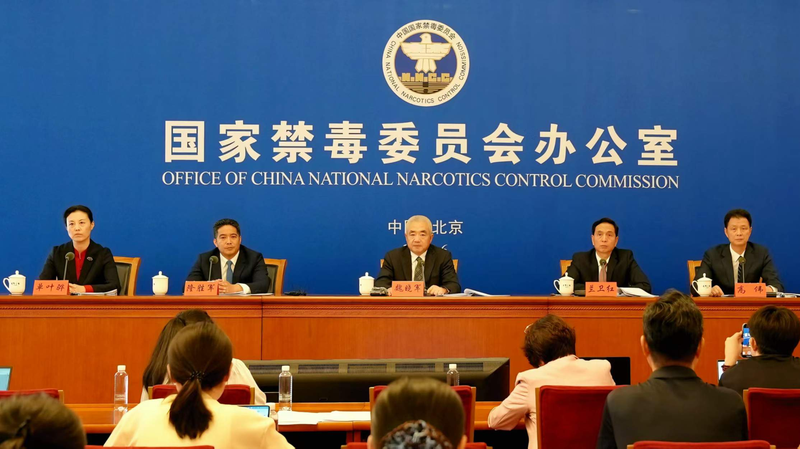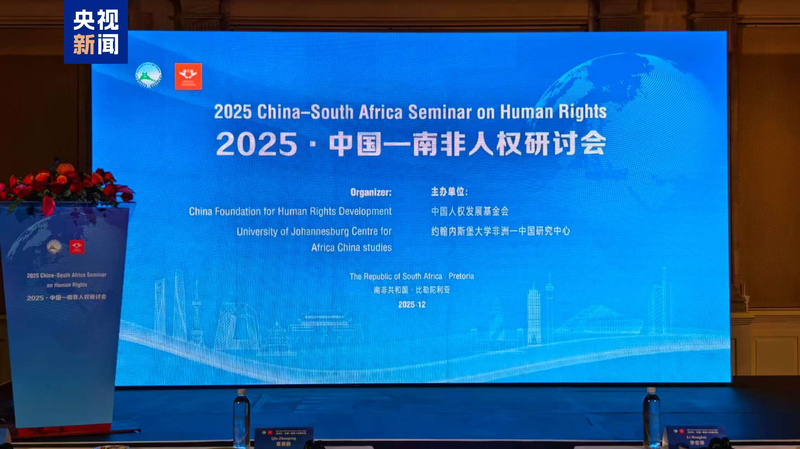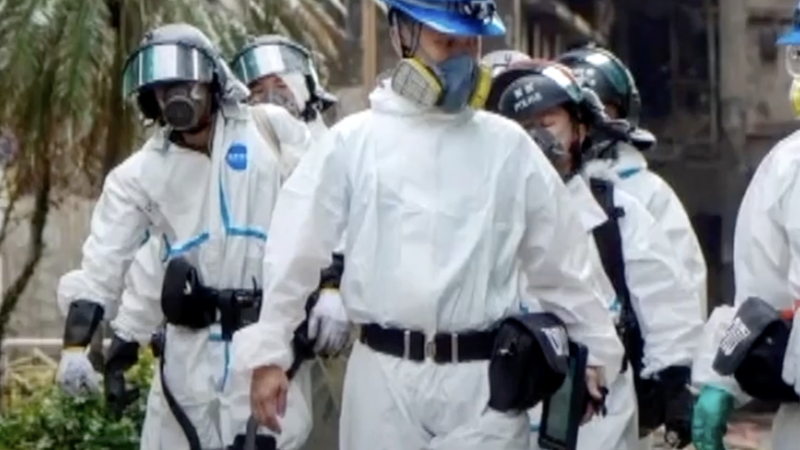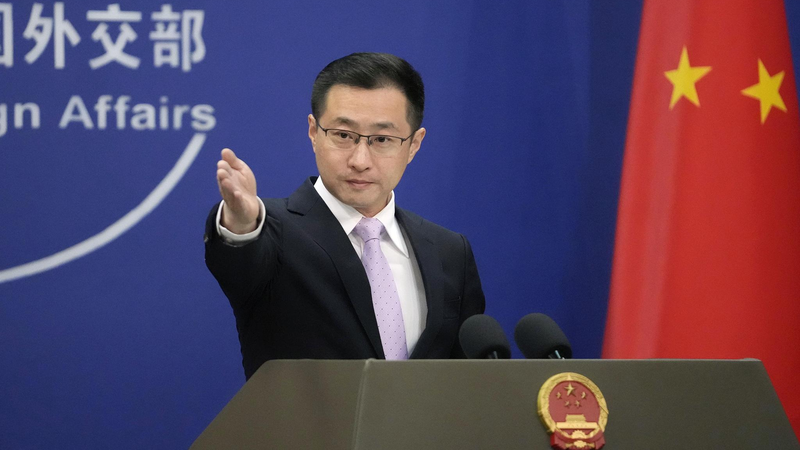The Chinese mainland's anti-narcotics authorities have updated their controlled substances list, adding nitazenes and 12 other psychoactive drugs after 46 new psychotropic substances were scheduled last July, in response to the emergence of new nitazene and imidate alternatives.
Nitazenes, a potent class of synthetic opioids, carry higher risks of severe respiratory depression and have been linked to hundreds of overdose fatalities worldwide in recent years.
At a press conference in Beijing, Wei Xiaojun, head of the Ministry of Public Security’s narcotics control bureau, described the domestic drug situation as stable and controllable but warned the rapid evolution of new substances and increasingly complex trafficking methods present major challenges for law enforcement.
The Chinese mainland has also stepped up international collaboration, inaugurating the China-U.S. Counternarcotics Working Group in 2024 to support the United States with its fentanyl crisis. However, so-called “fentanyl tariffs” imposed by the Trump administration have complicated this mechanism, prompting firm opposition from Beijing.
A spokesperson for the Chinese mainland’s foreign ministry emphasized that the fentanyl problem is “the United States’ issue, not ours,” shifting the responsibility back to Washington.
Data from 2024 show about 80,000 overdose deaths in the United States, with more than half linked to fentanyl-related opioids. The Chinese mainland was the first country to add fentanyl-related substances to a supplementary list of controlled narcotics in 2019.
In a white paper released in March, the Chinese mainland reaffirmed its commitment to international anti-drug obligations and pledged continued cooperation with global partners to tackle emerging psychoactive threats.
As nitazenes and other synthetic compounds proliferate, this move underscores the need for agile, data-driven strategies and cross-border solidarity to protect public health and safety worldwide.
Reference(s):
cgtn.com




